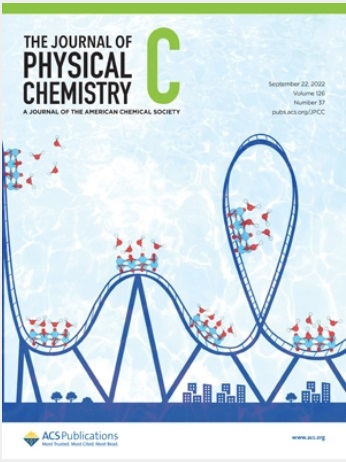Lithium diffusion pathways have been determined in three dimensions using molecular dynamics simulations and 7Li pulsed-field gradient spin-echo (PGSE) NMR diffusometry. Lithium ions arrange in multiple hexagonally arranged and intertwined columns oriented at different angles on (001) surfaces. It has been found that lithium jumps are characterized by zig–zag patterns with the main diffusion tensor axis aligned along the [001] direction. Additional diffusion tensor dimensions appear in the (001) planes through multiple jumps along the [001] direction. The simulation results were confirmed by non-linear spin-echo attenuation in the 7Li PGSE NMR experiment and three-dimensional diffusion model developed for Li+-ion conductivity. The exact values of the main diffusion tensor components D⊥ = (D11 + D22)/2 and D∥ = D33 were derived from the uni-dimensional projection of diffusion tensor under macroscopic powder averaging condition. The single ionic jump in the [001] direction was related to D∥, while translation on the (001) plane required at least two jumps through the zig–zag path and related to D⊥. Lithium diffusion in the [001] direction is faster than that in the (001) planes. The activation energies for D⊥ and D∥ were determined between 105 and 130 °C and varied between 0.47 and 0.51 eV, which suggests that both diffusion coefficients are related to the same mechanism of the jump. Pre-exponential factors for D∥ and D⊥ were also determined and equal to 4.8 × 10–6 m2 s–1 for D∥ and 3.8 × 10–7 m2 s–1 for D⊥, respectively, which confirms that molecular translations between (001) surfaces are not performed in a single jump.
